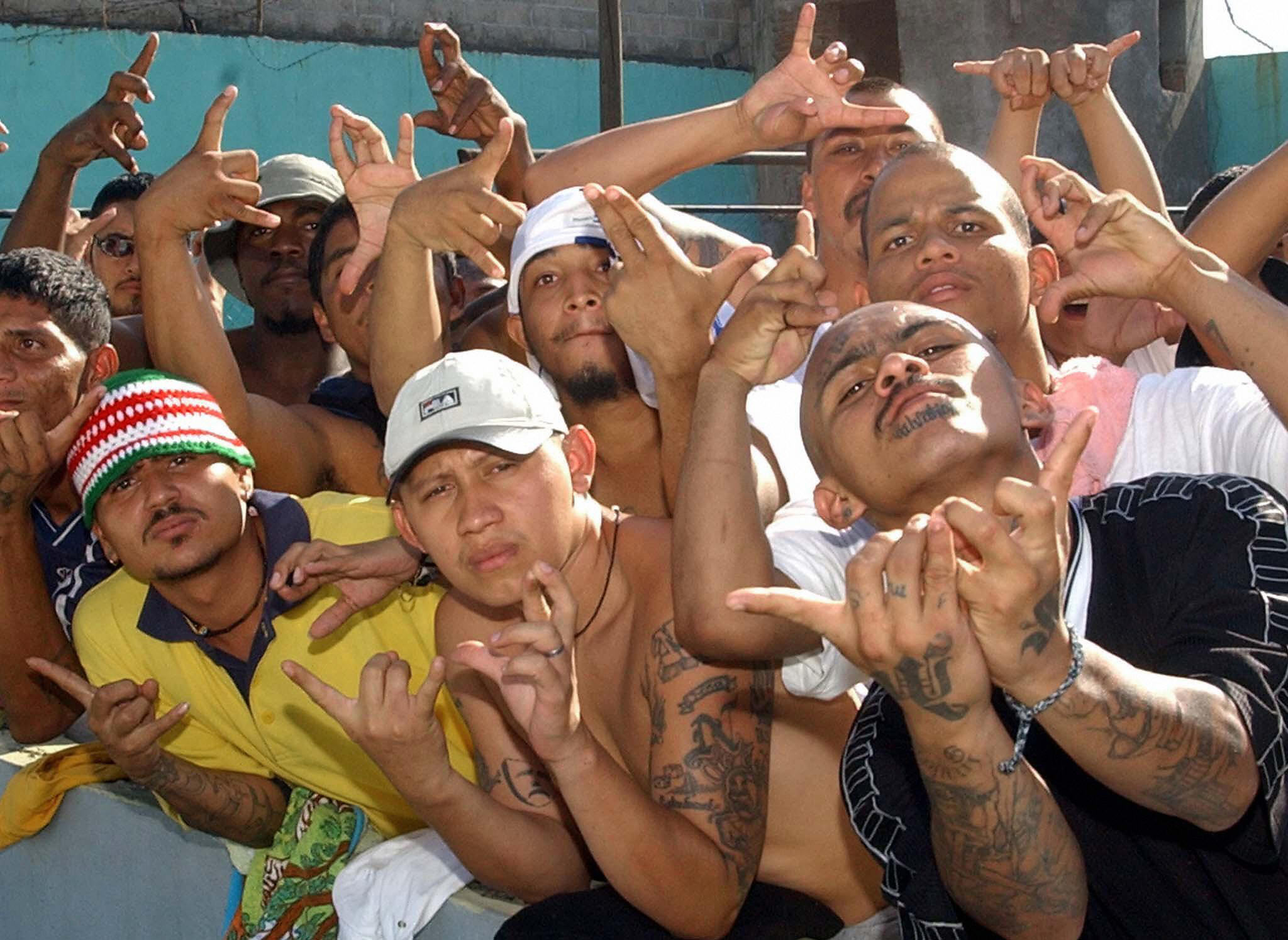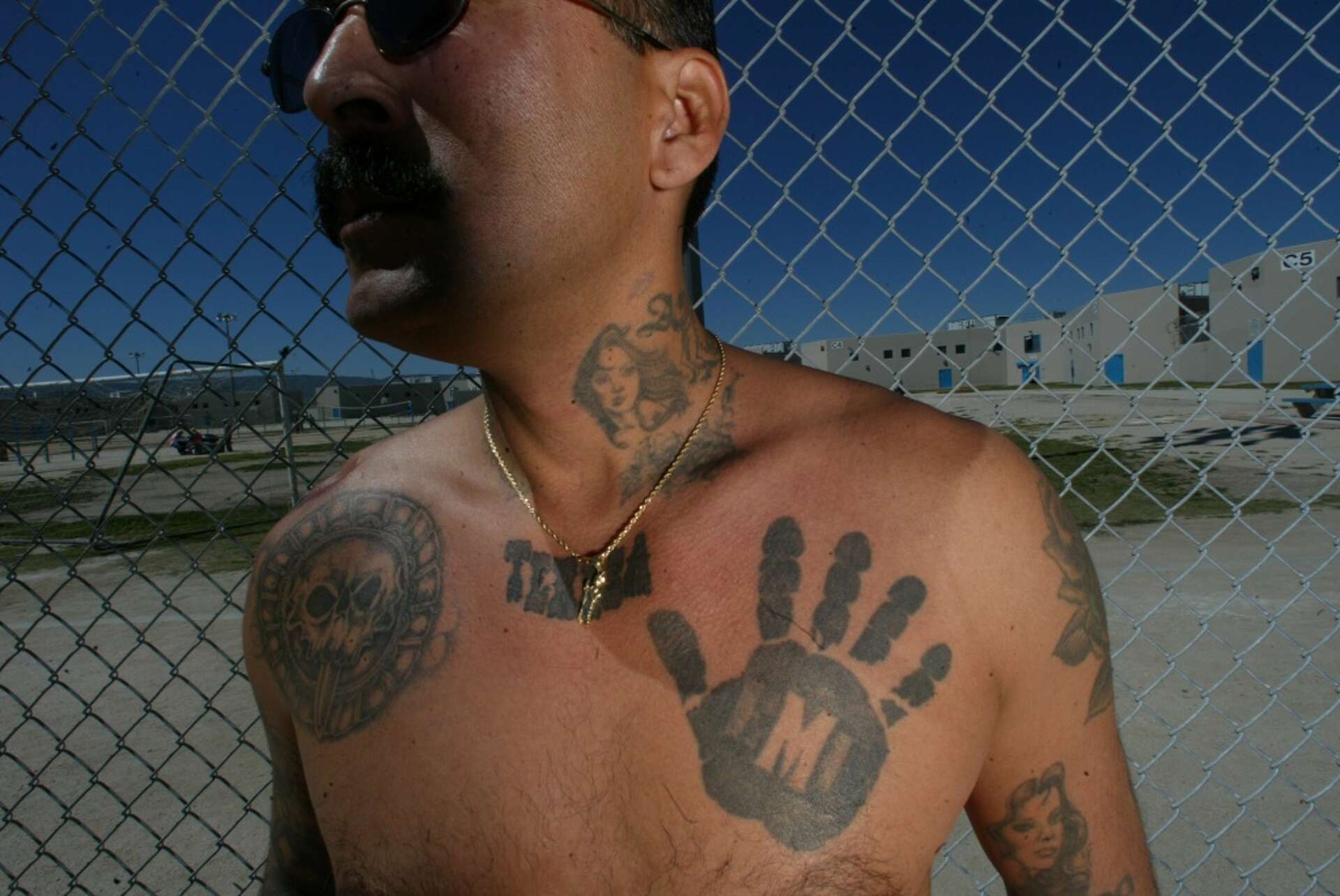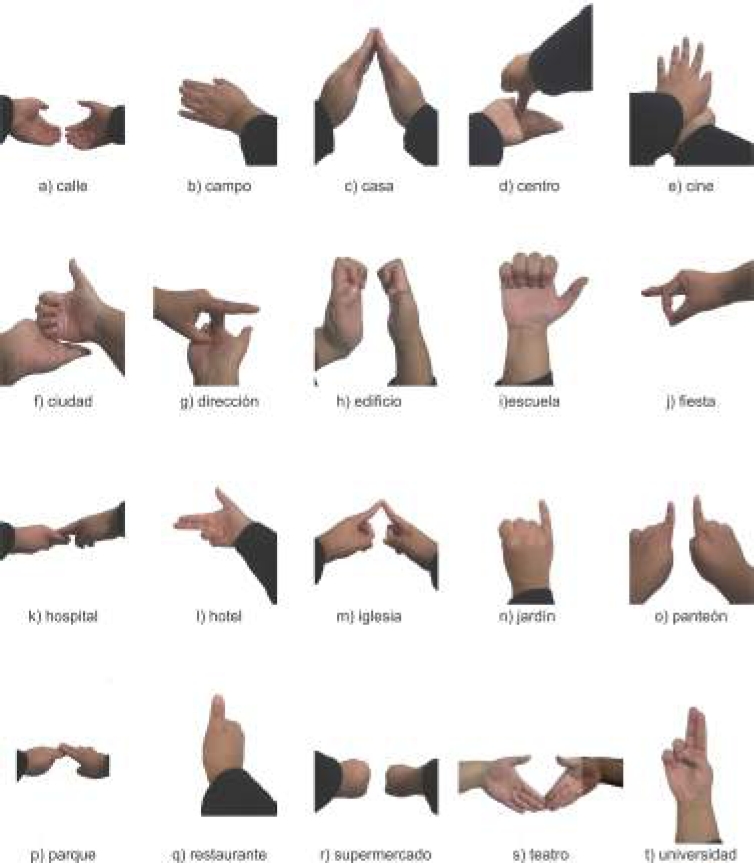Could a fleeting hand gesture hold the key to understanding the intricate, often brutal, world of organized crime? The hand signals employed by Mexican cartels are far more than simple gestures; they are a complex language of loyalty, power, and intimidation, silently communicating across vast distances and instilling fear in rivals.
Within the clandestine realm of Mexican cartels, a world veiled in secrecy and permeated by danger, these hand signs serve as potent identifiers. They foster a sense of belonging, camaraderie, and pride among members, while simultaneously serving as a visual declaration of territorial control. Law enforcement agencies worldwide recognize the significance of these signals, understanding that they offer critical insights into gang affiliations, rivalries, and potential threats.
Consider the case of the Sureos, a powerful street gang that has proliferated since the 1980s, spreading its influence across North America. In stark contrast, the Nuestra Familia, once their rivals, have seen their influence significantly diminished. Understanding these shifts in power dynamics and gang affiliations is essential for those tasked with combating the criminal activities of these groups. These seemingly innocuous hand signals, therefore, become critical pieces of intelligence, offering glimpses into the inner workings of these organizations.
- Find Inmates In Mahoning County Jail Search Info You Need
- Lancaster Ny Movie Times Deals At Flix Stadium 10 Dipson Theatres
Furthermore, the history of Mexican American street gangs offers crucial context. The roots of these gangs can be traced back to the early 1900s in Los Angeles, fueled by a combination of economic hardship and pervasive racial prejudice. In 1957, the Mexican Mafia, also known as "La Eme," emerged within the California prison system, establishing itself as a foundational criminal enterprise. The Mexican Mafias influence would later expand and deepen its ties with powerful cartels south of the border, transforming it into a major player in the North American drug trade since the 1990s and 2000s.
The visual language of Mexican cartels extends beyond hand signals. Graffiti, tattoos, and clothing all contribute to the complex system of communication. The symbols, the colors, and the specific phrases scrawled on walls, etched onto skin, or displayed on garments can all convey messages of affiliation, territorial claims, or warnings. For instance, the practice of marking oneself with the gang's initials, often seen among members of Mara Salvatrucha, or MS-13, is a rite of passage, a public declaration of loyalty. The choice of where and how to display these markings a bold statement on the neck or face, for example can further amplify the message.
In the realm of Mexican gangs, hand gestures, commonly referred to as "manos" or "hand signos," are meticulously crafted to communicate specific meanings. They might signify allegiance to a specific gang, a neighborhood, or even serve as warnings to rival factions. These "manos" vary from region to region and also depend on the particular gang affiliation. Some gangs, such as the Latin Kings, use distinctive identifiers, such as specific gang signs, particular styles of hats, or the rolling up of the left pant leg, as easily recognizable signs of belonging.
- Michael Jacksons Spouses Presley Rowe A Closer Look
- Everything You Need To Know About Osceola County Courthouse
These visual cues are often seen in tandem with the gang's primary symbols. The national symbol of Mexico, the eagle and snake perched atop a flaming circle over crossed knives, is a prevalent motif, frequently incorporated into tattoos. The graffiti, often more direct and concise than other street gang graffiti, adds another layer of complexity. An abbreviation technique used in the Vagos gang, for instance, using the first, middle, and last letters to form an acronym, is common on the East Coast. The "Gulf Coast High Impact Drug Trafficking Area Law Enforcement Sensitive Guide to Identifying Mexican Gang Tattoos" underscores the importance of recognizing and understanding these visual markers, providing an invaluable resource for law enforcement officials tasked with identifying and disrupting gang activities.
The hand gestures used in Mexican cartels are not merely random movements but are instead highly structured. The gestures can refer to the gangs name or allegiance. They serve as a way of communication and identification for all the members of the organization. Each movement in the gang has a meaning that is known by the members and can be seen by other gangs to identify each other. In some cases, they can be used to convey threats or loyalty. The use of the hands to convey meaning is a crucial element of the gang's activities.
The world of Mexican cartel hand signs is a dynamic one, with meanings evolving over time and across geographical boundaries. What may be a symbol of defiance in one region could be a symbol of peace in another. New gestures arise as the gangs evolve, while others fall into disuse. The very fluidity of the system underscores its importance: it is a living language, adapting and responding to the ever-shifting realities of the criminal underworld.
The hand signs serve as a method for the cartels to communicate to each other, this ensures that all members are aware of their current orders. They are also used to signal that the members are part of the cartel and want to be recognized as members of the organization. These signals also convey messages about loyalty, hierarchy, and even convey threats. They are used by these cartels for a wide range of purposes. They are used in various situations and are often associated with violence and crime. It can also be used to send secret messages among members or to show pride within the organization.
The impact of Mexican cartels extends far beyond the borders of Mexico. Their influence can be seen in nearly every aspect of life in North America. They are involved in various crimes, including drug trafficking, human trafficking, and extortion. They are responsible for thousands of deaths, which include law enforcement officials and innocent civilians. The rise of these cartels has created a climate of fear in many communities across the continent. As these gangs grow in influence, they continue to become a major part of criminal activity.
The complex visual language of Mexican cartels, which includes hand signals, graffiti, and tattoos, offers a glimpse into the inner workings of these criminal organizations. This visual communication system also serves to maintain cohesion and control, while also spreading fear and intimidation. For law enforcement agencies, understanding this language is key to combating these cartels. It helps to interpret intelligence, identify gang members, and predict their activities.
The emergence of Mexican American street gangs in Los Angeles in the early 1900s marked the beginning of a long history of criminal activity, the gangs were a consequence of many factors, among them economic conditions and racial prejudice. One such gang, the Mexican Mafia or La Eme, was founded in 1957. The gang originated in the California prison system, but it has since formed deep links with Mexican cartels. The growth of these cartels has also caused major problems, and it has created a lot of violence and instability in Mexico and around the world. The cartels have had a devastating impact on many communities and have caused a lot of fear and insecurity. As they continue to grow and expand, it is more important than ever to study the symbols and signs they use to understand their organization and activity.
The study of Mexican cartel hand signs is not simply an academic exercise; it has direct practical implications for law enforcement, community safety, and border security. The signs are a type of secret language, and when understood, they can aid in identifying gang members, preventing violence, and disrupting the cartels' operations. The use of these symbols allows the gang members to connect with each other in a way that makes them feel part of the organization.
The visual communication system used by Mexican cartels is a complex and constantly evolving phenomenon. Hand signs, graffiti, and tattoos are all part of this system. They help gangs to communicate with each other, identify members, and show loyalty. They are also used to create fear and intimidate rivals, which is why law enforcement agencies need to understand these symbols to effectively combat criminal activity.
It is essential to recognize the significance of these symbols and integrate the information into law enforcement investigations and preventative programs to effectively combat the criminal activities of the cartels. As cartels continue to evolve, so too must the approaches used to understand their behaviors. By staying current on these changes and incorporating all available intelligence, officials can play a crucial part in breaking down and eliminating their influence. These signals are a vital aspect of the cartels' operational strategy, and a thorough understanding of them is essential in the fight against organized crime. The key to success lies in continuous learning, open communication, and a relentless pursuit of knowledge in this ongoing fight.
It is vital to acknowledge that the subject of gang signs and cartel activities is inherently sensitive and complex. It involves issues of public safety, cultural understanding, and the impact of organized crime. The information presented here should be utilized responsibly and with a commitment to respecting the individuals and communities affected by gang violence. It is intended to support law enforcement, researchers, and others working to address the problems related to criminal activity. It is not meant to promote stereotypes or to generalize about any particular group of people.
The need for more in-depth education about the meaning of gang signs and cartels is increasing. There is a continuous need to learn about these constantly changing groups. With each new tactic used by these cartels, there is more of a need to be aware of it and to fight back by knowing about the inner workings of the gangs. Those working to reduce gang violence must adapt to these methods of communication. This process is vital for the safety and the well-being of communities, and it is also a key element in law enforcement. As the cartels evolve, so must the strategies and resources used to combat their illegal activities. The goal is to decrease their influence on the community and to dismantle the criminal activities of the cartels.
In conclusion, the hand gestures utilized by Mexican cartels represent more than simple movements. They are a comprehensive, covert communication system that plays a crucial role in cartel operations. They are the symbols of membership, the signs of loyalty, and the expressions of power. Understanding this visual language is vital for law enforcement, community safety, and the ongoing battle against organized crime. The knowledge gained by exploring these symbols helps in safeguarding our communities from the harm caused by cartels.
The evolution of this communication system also shows the need for a continuous learning process, as the cartels are always refining and adapting their strategies. Comprehending the complex symbols and meanings is key for all involved in counter-gang efforts. It is only through constant observation, research, and cooperation that communities can hope to neutralize the dangerous influence of the cartels.
- Explore Blue Basin Oregon Hike Discover John Day Fossil Beds
- Scott Waste Services In Bowling Green Ky Your Guide


